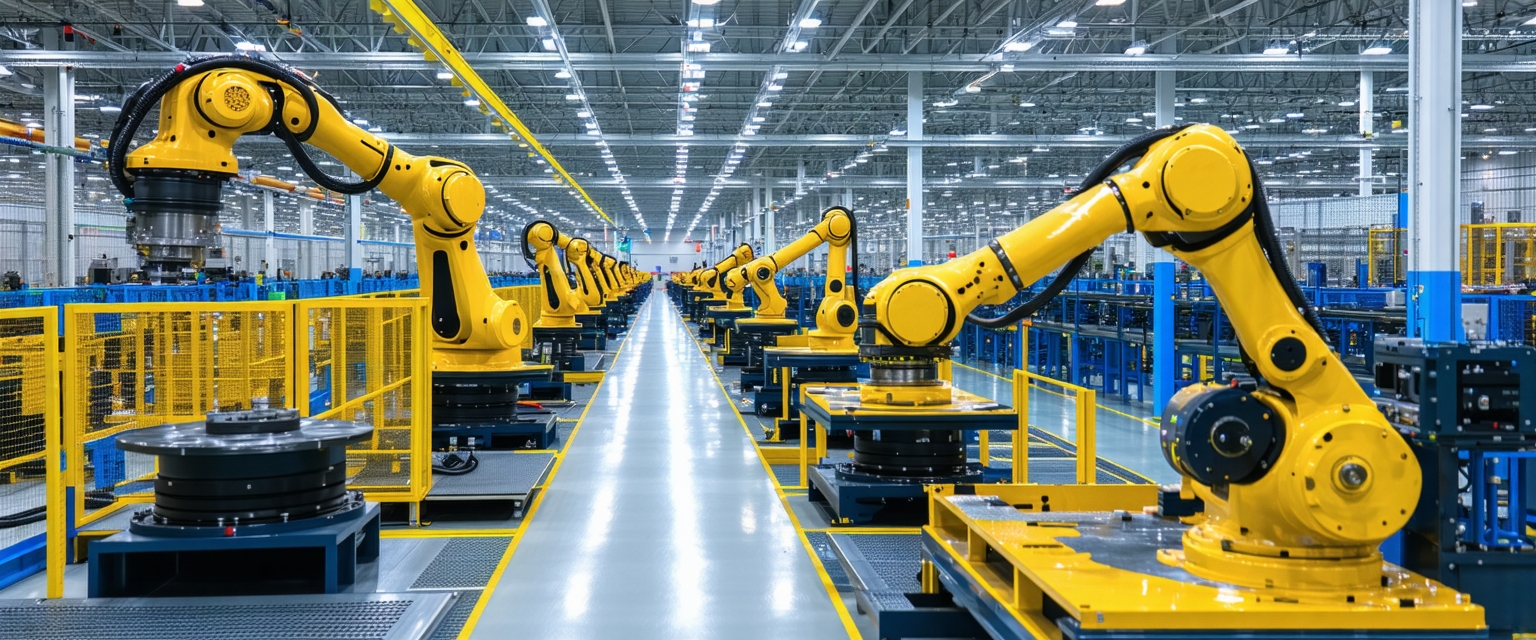






Smart manufacturing continues its rapid evolution, driven by advancements in artificial intelligence (AI), machine learning (ML), and the Internet of Things (IoT). These technologies are transforming how factories operate, leading to increased efficiency and productivity.
Traditional manufacturing relies heavily on manual processes and reactive maintenance. This often leads to inefficiencies, increased downtime, and higher operational costs. Smart manufacturing aims to address these challenges by leveraging data-driven insights to optimize every stage of the production process.
The integration of sensors, cloud computing, and advanced analytics allows for real-time monitoring of equipment, predictive maintenance, and improved quality control. This data-centric approach empowers manufacturers to make informed decisions, leading to improved resource allocation and reduced waste.
Recent breakthroughs in AI, specifically in the area of reinforcement learning, are enabling the development of more sophisticated autonomous systems for factories. These systems can learn and adapt to changing conditions, optimizing production parameters in real-time without human intervention.
Furthermore, advancements in edge computing are allowing for faster data processing and analysis closer to the source, reducing latency and improving the responsiveness of smart manufacturing systems. This enables faster decision-making and quicker reactions to anomalies within the production process.
The impact of these advancements is already being felt across various industries. Improved efficiency translates to reduced production costs, faster lead times, and higher product quality. The ability to predict and prevent equipment failures minimizes downtime and reduces maintenance expenses.
Furthermore, smart manufacturing fosters a more sustainable approach to production by optimizing resource utilization and reducing waste generation. This aligns with the growing demand for environmentally friendly manufacturing practices.
The future of smart manufacturing looks promising. We can expect to see even greater levels of automation, driven by the continued development of AI and robotics. This will lead to highly flexible and adaptable production systems capable of responding quickly to changing market demands.
Further advancements in data analytics and digital twins will allow for more accurate simulations and predictive modeling, further enhancing efficiency and optimizing resource allocation. The integration of blockchain technology could also play a significant role in improving supply chain transparency and traceability.